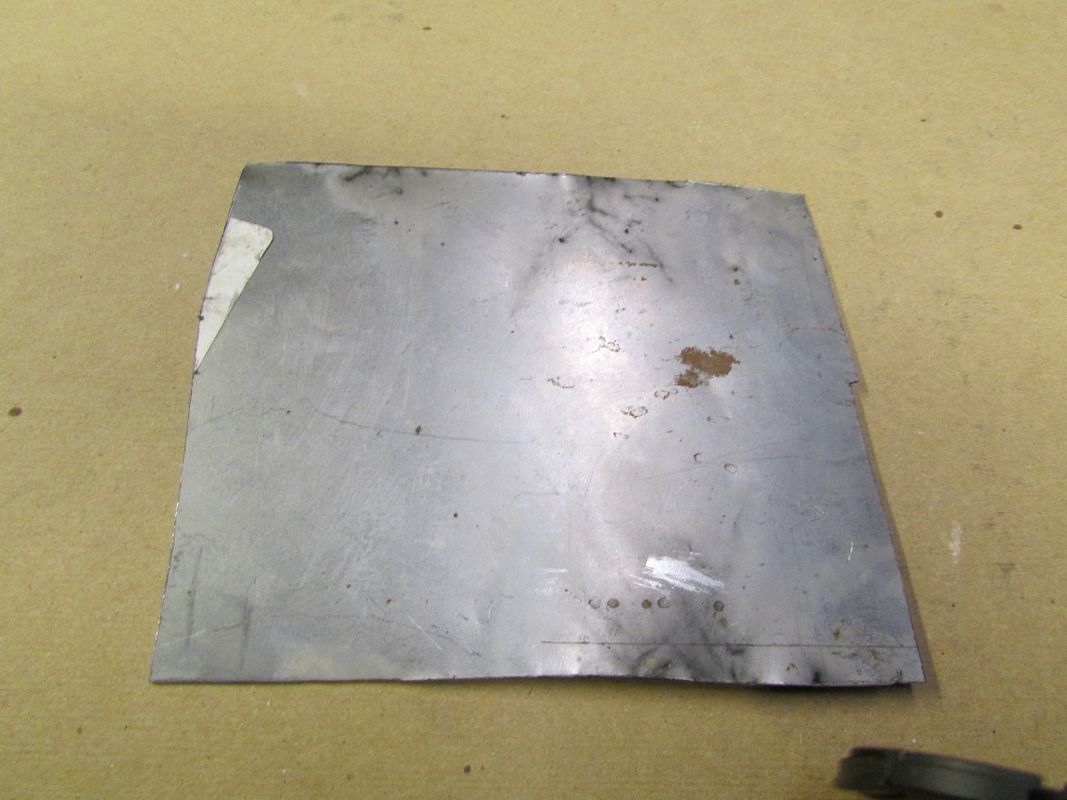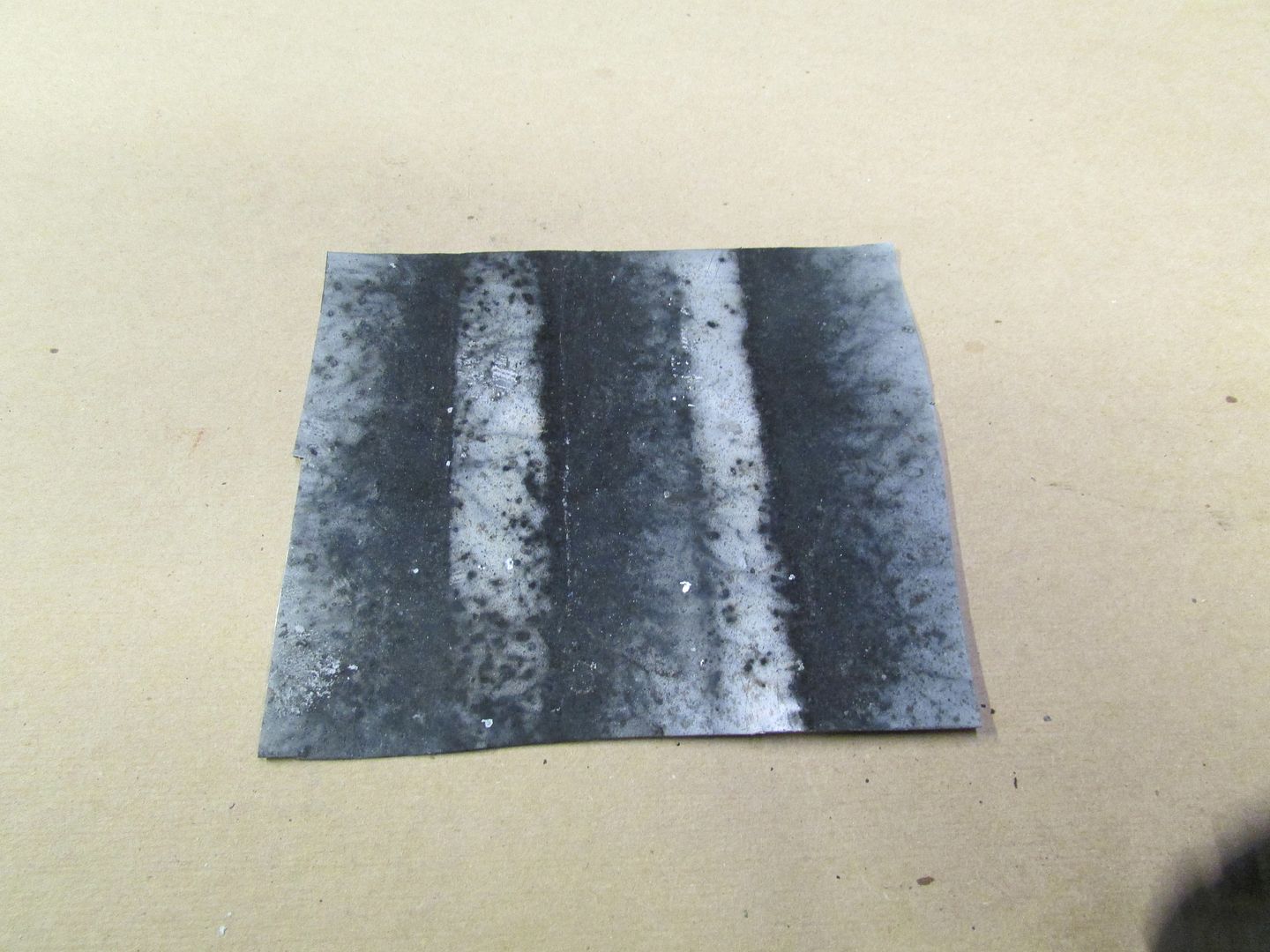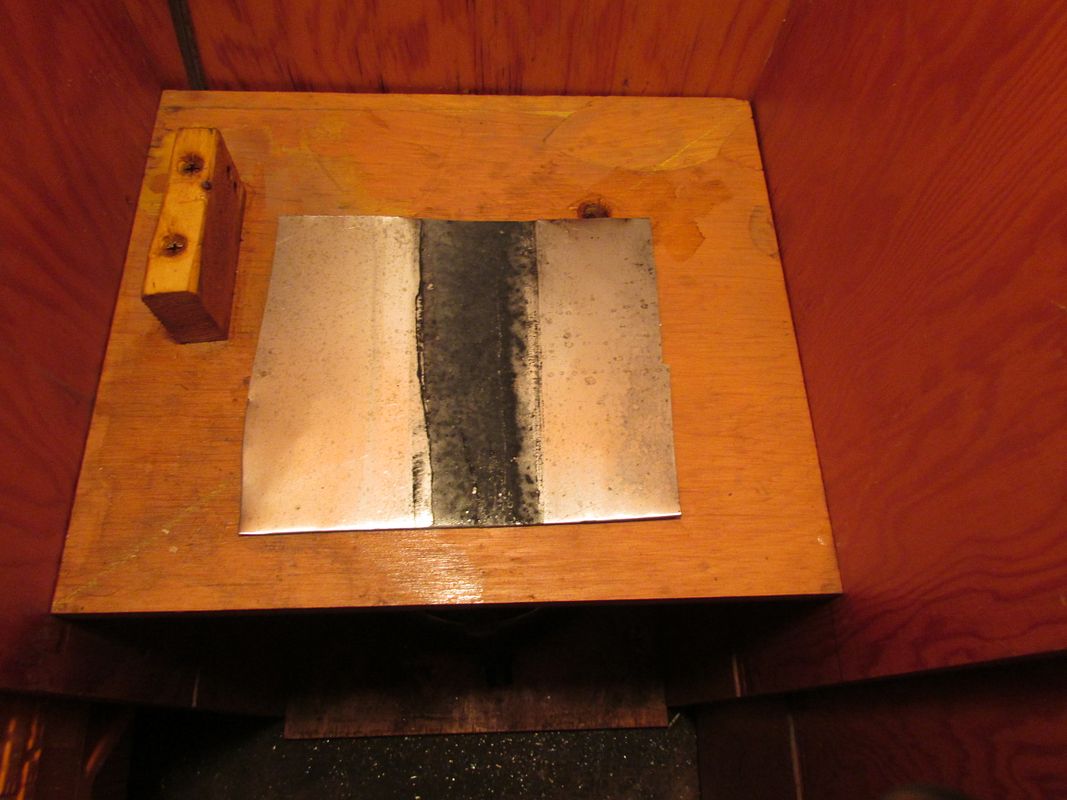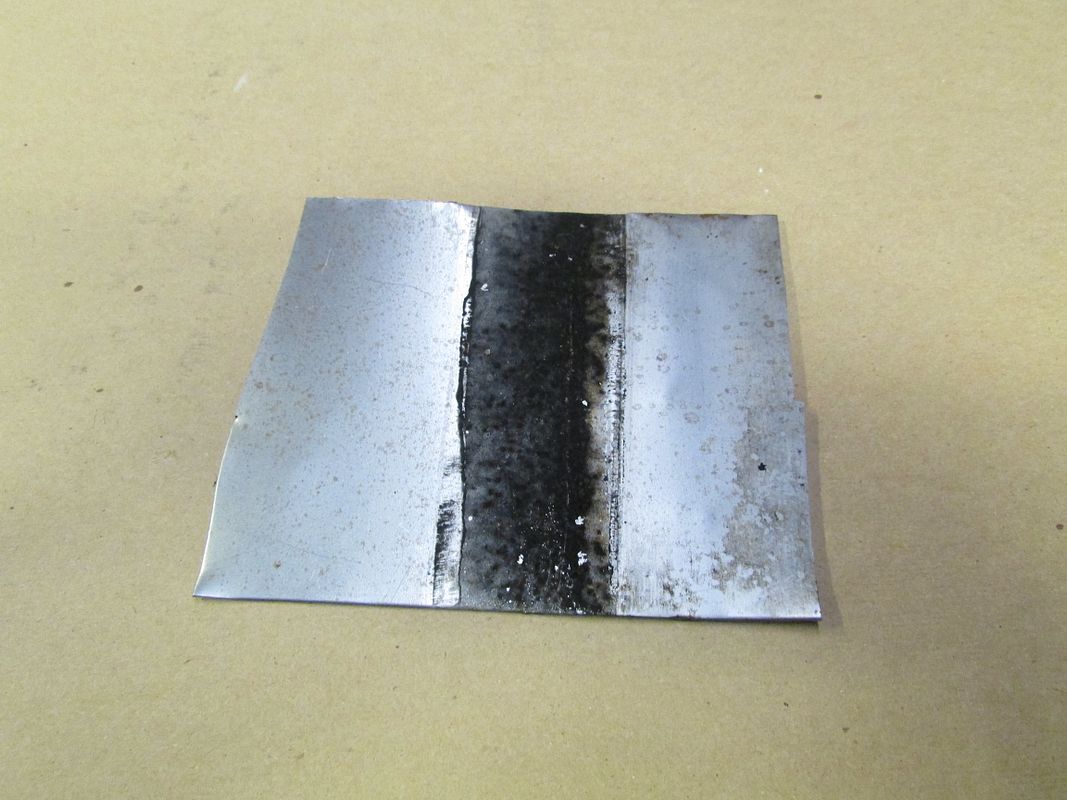Now hold the phone guys I'm running my own test tonight on an acetone cleaned sheet of mild steel.
I triple burned three lines of 2 F separated by a fire brick to isolate the burn lines.
The middle line was left as is after the triple burn using at least 10 times the amount used in a pan. One side was cleaned with water only and the other side Gunzilla only.

Acetone cleaned mild steel sheet.

Three triple burn lines with at least 10 times the amount of powder used in a pan burn x 3.

Two identical shirt sleeve cloths of the same material I use for ball patching .022 cotton shirt felt. The left was the one used with clean cold water. The one on the right was pure Gunzilla. Much less Gunzilla was used than was water as the cloth plainly shows.

The left side of the plate was the water clean and the right side was the Gunzilla cleaned.
The water did clean a bit faster but not by much and there was lots more of it on the cloth.
The test plate is in the bluing cabinet and will be left over night at 100 percent humidity to see what we have for corrosion in the morning.
Oh, both sides were wiped dry with a clean paper towel before placing in the bluing cabinet.
I think I will go out now and wipe the water side again then patch with gun oil for a better test of what actually will happen in hunting camp.











